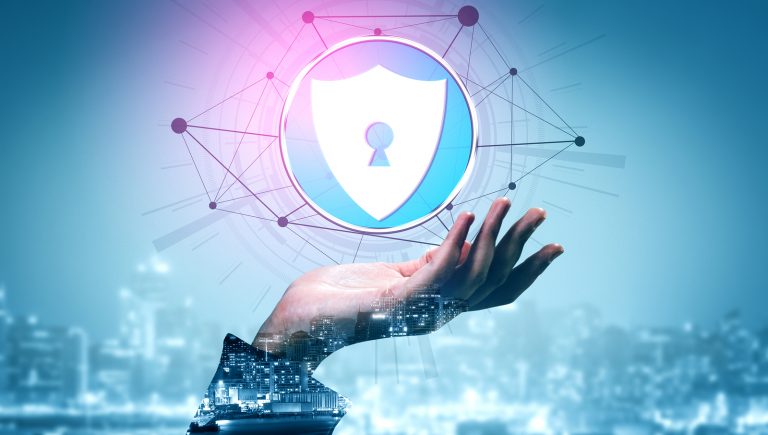States and localities are leading the way with some incredibly innovative uses of technology. Smart city projects are having an impact on citizens where they work and live. Energy efficiency is enabled with smart streetlights that are able to more precisely turn off and on. Cost savings and safety are improving with connected infrastructure that alerts authorities when repairs are needed. Citizens are seeing their needs met with mobile apps that allow them to report everything from potholes to crime and see what follow-up is happening. Of course, with the implementation of new technologies and data collection comes new security and privacy concerns.
Smart City Risks
Researchers at the University of California, Berkeley recently asked cybersecurity experts to rank some of the most commonly implemented technologies in terms of technical vulnerability, attractiveness to nation-state attackers, and the potential impact of a successful attack. The report found that emergency and security alert systems were the most vulnerable as well as impactful. They explained that tampering with traffic lights could cause accidents and gridlock, and prevent emergency vehicles from reaching their destinations. Additionally, “spoofed” emergency alerts could cause panic and civil unrest. The ability to detect water leaks remotely was ranked as the least vulnerable technology tied to the operations of water facilities, and distribution was seen as the most vulnerable use of technology.
Balancing Risk and Reward
The report was not intended to dissuade the use of technology. It was written to inform state and local officials about the risk profile given growing automation and technology reliance. With that in mind, an organization can implement the proper and most effective security protocols. These best practices are being developed through the coordination of multiple states. The National Governors Association Policy Academy brings states together to tackle initiatives that may be too complex to manage independently and implement projects that will produce insights, models, and warnings about potential problems for other states. Current projects include:
- Developing a security policy and plans that can be shared and easily tailored among localities of different sizes and needs
- Defining a formal framework for cyber emergency response
- Building a cyber workforce for government as well as private sector within a state
Govwhitepapers.com has a number of resources that highlight the success of smart city initiatives as well as those that discuss the challenges facing wider implementation of leading-edge technology.
- Enhancing Response Capabilities with Smartwatches in Public Safety — This paper lays out the key benefits of smartwatches in public safety, looks at the key factors supporting smartwatch adoption, and discusses the technological and ROI considerations for public safety organizations considering a deployment. It also includes a case study and a look at areas for future innovation as public safety applications.
- A Methodology and Case Study: Evaluating the Benefits and Costs of Implementing Automated Traffic Signal Performance — This primer describes a methodology to evaluate the benefits and costs of objectives of performance-based traffic signal operations and maintenance. It details advantages and disadvantages of using a performance-based traffic signal monitoring process, executed through the automated traffic signal performance measures (ATSPM), when compared to the traditional approaches of monitoring and retiming traffic signals.
- What Local Government Officials Should Know and Do About Cybersecurity — A report from the University of Maryland School of Public Policy identifies the fact that local governments are under constant or nearly constant cyberattack while a sizable fraction of local governments with confirmed attacks did not know that they were under attack. This paper provides actionable tips on what organizations need to do to stay on top of the constant threat environment.
- Smart Cities — The strategies for designing and implementing a Smart City are evolving rapidly as new technologies, regulations, and business models emerge. This paper details current thinking, conceptualized as a “Smart City in Motion” – a digitally integrated, intelligent IoT municipal ecosystem encompassing smart utilities, buildings, factories, and urban mobility overlaid by high-speed 5G/AI/Blockchain networks.
These are just a sampling of the content GovWhitePapers makes available to the government community and the industries that serve it. You can browse additional government white papers on cybersecurity as well as state and local topics through our search engine here:
Browse State and Local Content










